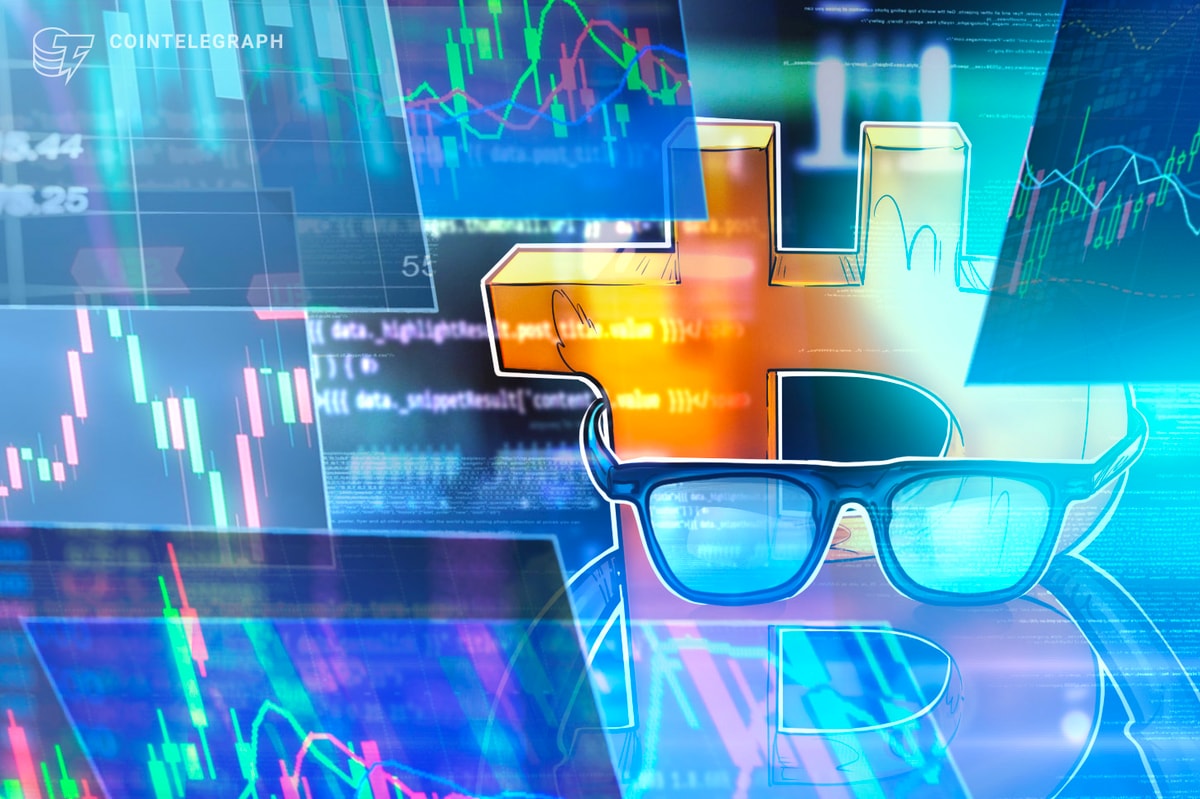TLDR:
- Ethereum price at $4,743 is just 5% below its all-time high after four failed breakout attempts earlier this year.
- Public companies and ETFs added billions in ETH, pulling 1.32M coins from exchanges since January.
- Open interest in ETH derivatives hit a record $33.8B, signaling aggressive speculative activity in the market.
- MVRV ratio above 1.85 mirrors 2021’s prolonged highs, but 2024’s levels marked cycle tops shortly after.
Ethereum has charged to $4,743, placing it within striking distance of its record peak. Investors are watching closely after a fourth breakout past $4,000. Big treasury purchases and ETF inflows are driving supply lower, but derivatives activity tells a more complicated story.
Data from analysts shows both bullish accumulation and warning signs that mirror past market tops. The question is whether this rally has more room to run or is entering a cooling phase.
Treasury and ETF Buying Drain Ethereum Exchange Supply
Market analyst Maartunn reported that corporate treasuries have been loading Ethereum at unprecedented levels.
BitMine added roughly 1.2 million ETH, valued at $5.33 billion, while SharpLink accumulated nearly 599,000 ETH worth about $2.78 billion. This accumulation has contributed to a sharp drop in exchange reserves, down over 1.32 million ETH year-to-date.
Institutional demand is not limited to treasuries. Ethereum exchange-traded funds have also been adding aggressively, with four separate days in the past month posting more than $1 billion in inflows.
Such concentrated buying has put consistent upward pressure on the spot price. This combination of reduced supply and institutional inflows is a familiar driver in previous bull cycles.
🧵B̵i̵t̵c̵o̵i̵n Ethereum Market Analysis | August 13, 2025
"The more a level is tested, the less strong it tends to be". Ethereum just passed through $4,000 on its 4th attempt — now at $4,700, only 5% from its ATH.
Is ETH still a good buy?
Here’s the breakdown 👇 https://t.co/TMUXW4D7aY pic.twitter.com/7otjyE1sXO
— Maartunn (@JA_Maartun) August 13, 2025
However, history shows that aggressive buying can also precede short-term overheating. Exchange outflows may support the price floor, but they do not prevent corrections once momentum slows.
The balance between accumulation and selling pressure is becoming increasingly important to watch.
Derivatives Market Hits Records but Signals Mixed Sentiment
Alongside spot market demand, Ethereum’s derivatives activity has reached new highs. Open interest climbed to a record $33.85 billion, showing traders are committing more capital to leveraged positions.
Yet, net taker volume stands at negative $464 million, indicating sellers currently have the upper hand in aggressive trades.
Maartunn pointed out that similar patterns were seen at Ethereum’s peaks in May 2021 and December 2024. These conditions suggest that while leverage is fueling price moves, selling pressure could accelerate if momentum shifts.
Veteran trader Matthew Dixon’s Elliott Wave analysis shows Ethereum in the final stages of a five-wave rally from the post-Pectra upgrade low near $2,115.
His projections place current resistance in the $4,560–$4,800 zone, with bearish RSI divergence hinting at possible exhaustion. A correction into the $3,800–$3,300 range is possible if this wave completes and a larger-degree pullback begins.
Where next for #ETH?
Primary Degree (1–5 from Y low)
Wave 1:
Starts at the “Y” low (~$2,115) right after the Pectra upgrade catalyst.
Sharp vertical move to around $2,690 (also near the 0.382 fib).
Strong impulsive candles, high volume, RSI breakout, classic Wave 1… pic.twitter.com/SMvnBW8IiW
— Matthew Dixon – Veteran Financial Trader (@mdtrade) August 13, 2025
Ethereum’s MVRV ratio above 1.85 also echoes the 2021 rally, when the market stayed overextended for months. In 2024, however, this level preceded tops shortly after.
Whether this cycle repeats the former or the latter will depend on sustained treasury and ETF participation.

 3 months ago
11
3 months ago
11










 English (US) ·
English (US) ·